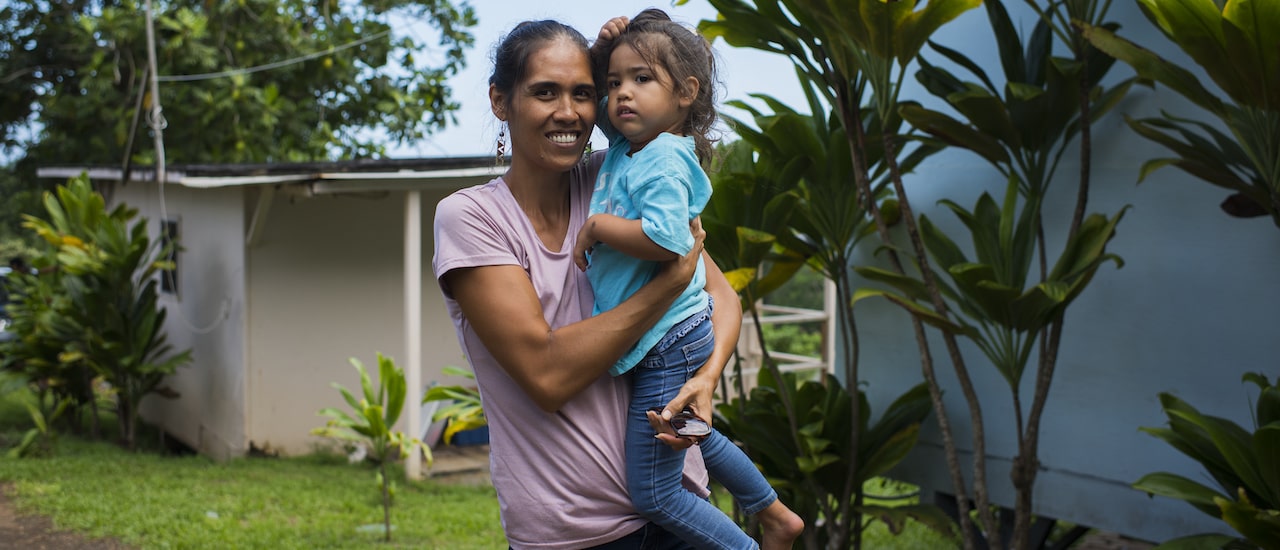As COVID-19 continues to shine a spotlight on the vital role the Internet plays, a short window of opportunity has opened for the Federal Communications Commission (FCC) to do their part in connecting rural Indigenous communities in the United States.
The Tribal Priority Window is currently open for federally-recognized tribes, Alaska Native Villages, and Hawaiian Homelands to apply for Educational Broadband Service (EBS) spectrum, but it closes on August 3rd. Access to the EBS spectrum would enable Indigenous communities to build their own Internet networks.
The FCC set this deadline before the pandemic, but Tribal governments are now overwhelmed by handling the Coronavirus with limited resources. The FCC must give them more time to apply to the priority window. COVID-19 will not simply disappear from tribal lands in time for tribal governments to pull together applications.
The need for reliable, affordable Internet access is more pressing than ever.
Need proof? One only has to look at the fact that Indigenous communities in the US face the lowest rate of broadband access and the highest per capita rate of COVID-19 infections. The need for access to accurate information and telehealth is at an all-time high. Tribal communities are at serious risk without the Internet as a lifeline.
If the FCC truly wants to close the digital divide, it must act immediately to extend the Tribal Priority Window. Gaining EBS spectrum is a once-in-a-generation opportunity for Tribal communities. The FCC will effectively exacerbate the lack of connectivity if it does not act fast. They’ve already done the work of creating the chance for tribes to get connected, but they will throw away the opportunity if they don’t do more to accommodate Indigenous communities, who have been hardest hit by the pandemic.
The Internet Society is working to provide resources and support to tribes looking to apply for EBS spectrum.

